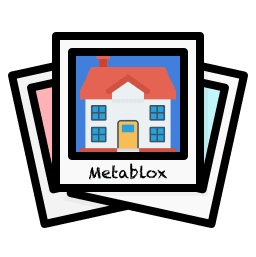James Jean’s Fragments: History in the Making
Originally posted here.
By: Hannah Vanek @
Overview
‘Fragments’ is my first PFP collection, and my approach was to explore the library of images that I’ve developed over the past 20 years.
The post James Jean’s Fragments: History in the Making appeared first on OpenSea Blog .
The Post
Guest Post by James Jean
Fragments is my first PFP collection, commissioned by Outland, and my approach was to explore the library of images that I’ve developed over the past 20 years and to extract from my memory the most essential visual motifs and ideas from my past work. I had no idea how to go about creating so many variations, especially when trying to make each Fragment unique. I wanted to create something different from other PFP collections without relying on pop culture references. It was crucial that the collection felt like it came out of my own personal universe, and that each Fragment was authentically mine. As I started drawing, it was mesmerizing to see these motifs from the past two decades develop from the simple conceit of creating variations on a face. I’ve included many elements from nature, ranging from coral, fire, and water, as well as animals like bats, rabbits, and crabs. All of these little symbols that I’ve incorporated in my work over the years made its way into the collection—it’s a retrospective distillation of my past work.
I had done a previous project called Lotus War for which I created numerous characters and elements and then collaged them together by hand, but I’ve never really created work like this before, using code to generate Fragments . Using the dreaming face that I typically use as the basis for my logo and embossment designs, I drew hundreds of different features on top of the face using Procreate on the iPad. We then fed the images into the computer’s generative algorithm. The final results were unknown because I relied on the code to assemble the artwork, and afterwards I went through to edit and choose the best Fragments .
The code is able to generate many more variations than I would be able to make on my own. It was fascinating for me to see the novel combinations that came back, as many of the results were unexpected and surprising. It was especially amazing to see how the different color combinations worked together; I’m usually very particular about the colors that I use, and how things are shaded. As I was creating so many different parts, I wasn’t sure how they were all going to work together, but because I’ve created every single element by hand, there is an inherent logic that exists through all the pieces to create a sense of cohesion. I feel like each of the Fragments are kindred, belonging to the same family. It’s really exciting to be able to do something new like this, and to discover new ways to expand my visual vocabulary. I suspect this process will also inform my work going forward.
The post James Jean’s Fragments: History in the Making appeared first on OpenSea Blog .


